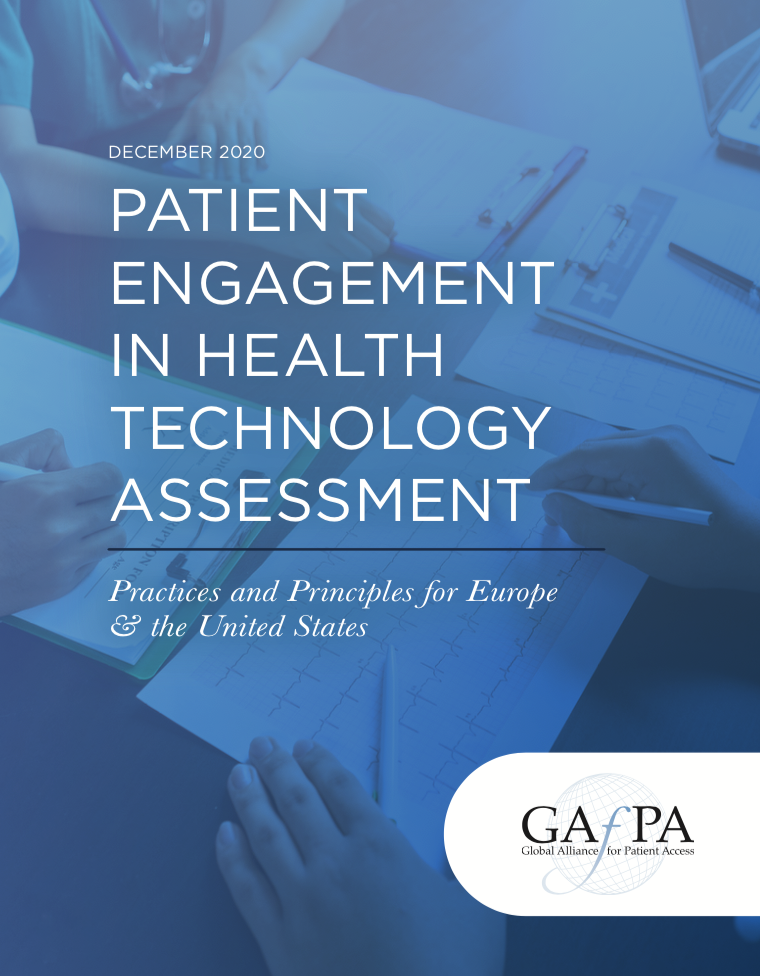
The report reviews the United Kingdom, Spain, Germany, France, Italy and the United States to determine how countries engage patients in the assessment process. Health technology assessment is the method for determining new medications and devices’ efficacy, cost effectiveness and coverage by health systems or insurers. Some countries’ health technology assessment organisations are government run, while others look to private organisations for assessments. In Spain and Italy, assessments occur through both national and regional organisations.
The report assigns each country a letter grade based on several criteria: the infrastructure for patient engagement; the clarity of the materials used; patients’ roles in decision-making; and how patient input is incorporated. Countries rank as follows:
As innovation yields a steady stream of new medications and medical devices, health technology assessment has become increasingly influential. That’s why patient advocacy groups are eager to see their experiences and insights incorporated in a tangible way. But while each country has different strengths and weaknesses, none delivers what patient advocates really want—meaningful collaboration.
For example, only a handful of countries allow patients or patient advocates to sit on decision-making committees or participate in working groups. Most patient advocates lack the opportunity to dissent or appeal if an outcome doesn’t reflect their lived experiences.
Several of the countries recognise the importance of patient feedback, but fall short on incorporating it in the final assessment outcome. And there is little accountability for a health technology assessment organisation to follow up on how patient feedback was or was not incorporated.
To make the leap from patient input to patient impact, the report concludes, countries must address these shortcomings. Only then will conversations about value reflect patients’ priorities and real-world experiences, fostering better health outcomes and a stronger health care system.
To learn more, read “Patient Engagement in Health Technology Assessment.”
Recent Posts

Global Alliance for Patient Access
© 2024 GAfPA. All Rights Reserved
| Cookie | Duration | Description |
|---|---|---|
| cookielawinfo-checkbox-analytics | 11 months | This cookie is set by GDPR Cookie Consent plugin. The cookie is used to store the user consent for the cookies in the category "Analytics". |
| cookielawinfo-checkbox-functional | 11 months | The cookie is set by GDPR cookie consent to record the user consent for the cookies in the category "Functional". |
| cookielawinfo-checkbox-necessary | 11 months | This cookie is set by GDPR Cookie Consent plugin. The cookies is used to store the user consent for the cookies in the category "Necessary". |
| cookielawinfo-checkbox-others | 11 months | This cookie is set by GDPR Cookie Consent plugin. The cookie is used to store the user consent for the cookies in the category "Other. |
| cookielawinfo-checkbox-performance | 11 months | This cookie is set by GDPR Cookie Consent plugin. The cookie is used to store the user consent for the cookies in the category "Performance". |
| viewed_cookie_policy | 11 months | The cookie is set by the GDPR Cookie Consent plugin and is used to store whether or not user has consented to the use of cookies. It does not store any personal data. |